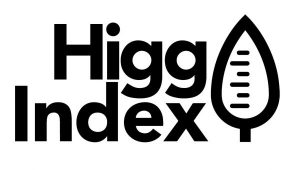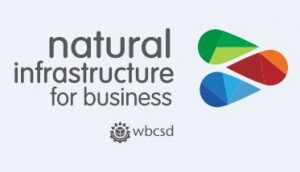Primary Functions
- Provide guidance to national or local governments in countries where water scarcity is a threat to human health, economic
development, and/or environmental sustainability.
Detailed Description
Water scarcity is threatening the viability of societies, economies and ecosystems across large areas of the planet. More than 50 percent of the world’s cities and 75 percent of all irrigated farms are experiencing water shortages on a recurring basis, jeopardizing future global food supplies, economic growth, environmental sustainability, and the viability of human settlements.
Australia is very familiar with the impacts of water scarcity and drought, which, globally, are now high on the agenda of many government and business leaders. The Water Scarcity and Drought Summit, convened by the Australian Water Partnership and International Water Association in October 2016, brought together leading policy makers, practitioners and opinion leaders from around the world to discuss ways to build resilience to water scarcity and drought.
As population grows, urbanization continues, food demands go up and climate change intensifies, we must learn to do more and better with less. We must learn to invest efficiently, optimize across competing demands, and reallocate available supplies to meet basic human needs and support economic development. The costs of inaction will be revealed through reductions in human well-being and loss of life, stunted economies and decimated water dependent ecosystems.
Despite the challenges that lie ahead, significant benefits stand to be gained. There is a clear opportunity to increase the total value of water, in economic, human and environmental terms. For over half of the world’s population, predicted large negative effects of water scarcity on economic growth could be entirely reversed with improved water policy. In some countries, the net effect could be equivalent to more than a ten percent boost in GDP growth over the next thirty years (World Bank, 2016). The benefits of improved water resource management will be increased resilience, economic prosperity and quality of life.
WaterGuide is an organizing framework for improving water resource management and use in response to scarcity. It is intended to be used primarily by national or local governments in countries where water scarcity is a present or future threat to human health and wellbeing, economic development and/or environmental sustainability.
While it enables government decision makers to chart a path toward improved water policy and management, WaterGuide also facilitates local implementation of small-scale interventions. Policy instruments selected from individual WaterGuide steps can help to close gaps in existing water resource management arrangements in the chosen country, region or basin. These solutions can be applied at the ground level and do not necessarily require the support of a national reform agenda or platform for change. Furthermore, they can be designed to be scalable and encourage leapfrogging. Where successful, such solutions will help to demonstrate the benefits of improved water resource management and use to multiple stakeholders.





